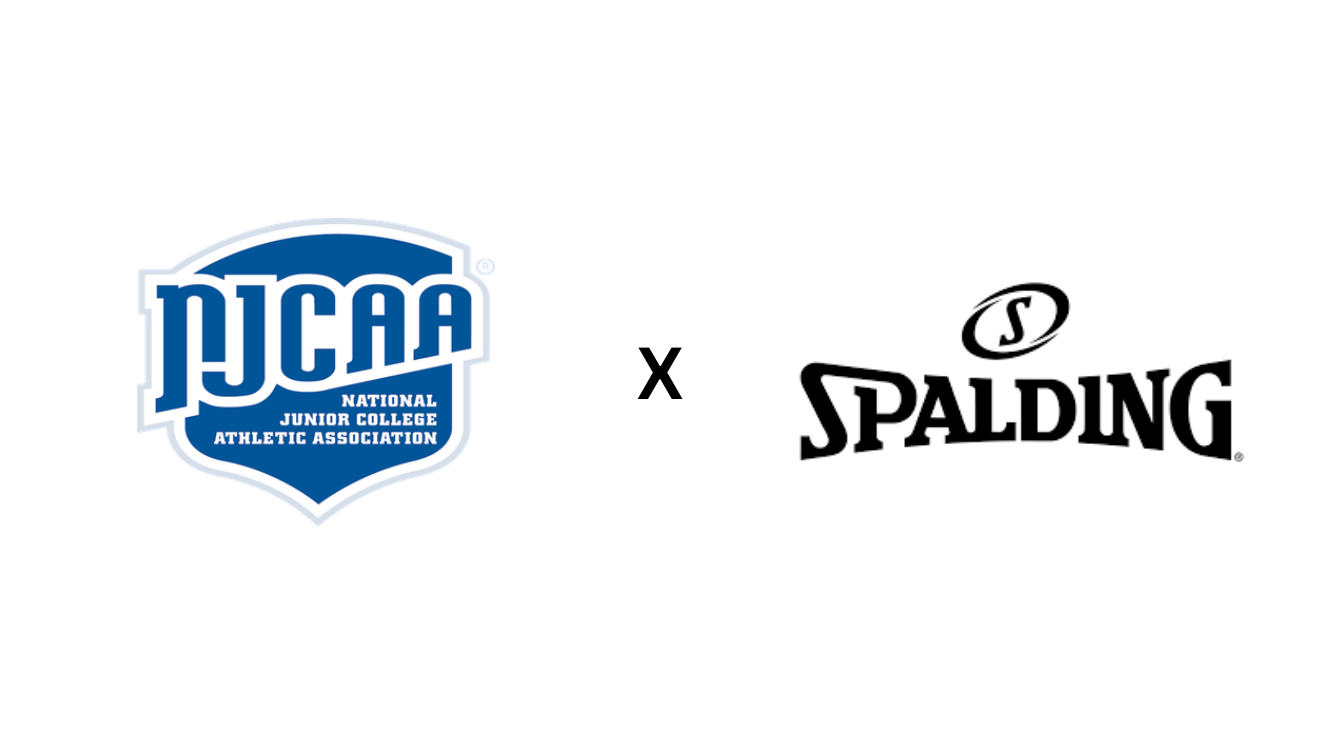INDIANAPOLIS, INDIANA (August 16, 2022) – The NFHS Boys Lacrosse Rules Committee has released rules changes for the 2023 season that address three major areas of the sport – field markings, equipment requirements and officiating. A total of nine rules changes were recommended and the NFHS Board of Directors subsequently approved the changes to take effect next season.
Regarding equipment, Rule 1-8 now states that crosses “shall not have protrusions or sharp edges” to counteract recent stick design innovations that could hook or catch on a player’s helmet and other equipment that may potentially cause injury. This is also known as “can opener” technology for a move used to dislodge the ball from an opponent. Additionally, a clause was added to Rule 1-7-1 that mandates the pocket/net of a player’s crosse will have “no holes or gaps larger than 1.68 inches in diameter,” or roughly the size of the American golf ball. The rationale for this new language is to prevent the increased use of a stringing technique in the crosse pocket/net that allows players to trap the ball in the loosened mesh.
Modern developments in lacrosse shoe manufacturing allowed the committee to make a significant simplification within Rule 1-9-1g. Previously, the rule laid out a detailed list of criteria for appropriate lacrosse shoes, ranging from acceptable sole materials to removable and non-removable cleat measurements. The simplified version now reads: “shoes shall be worn which are designed for the sport of lacrosse,” while continuing to disallow metal spikes.
“The committee continues to do excellent work in placing risk minimization at the forefront,” said James Weaver, NFHS director of sports and performing arts and liaison to the Boys Lacrosse Rules Committee. “One of the results from this year’s rules committee meeting is focused on ease of officiating and ensuring that change continued to provide a safer game. The rules changes that were passed were all thought out and will make for a better game for all involved.”
The first of two alterations affecting field markings is found in Rule 1-2-1 PENALTY, which now states that the home team will be assessed a delay-of-game penalty if the field does not have continuous sidelines and end lines, in addition to the center line. The change is intended to maintain the integrity of the playing field and discourage schools from allowing other logos on the field – particularly large football field end zone logos – to create breakages in the lacrosse lines.
Revised dimensions for the table area and coaches’ area constitute the other update to the playing field for the upcoming year. In Rule 1-2-7, the two perpendicular lines that connect the sideline and the scorer’s table to form the table area boundaries will now be drawn 5 yards from the center line on each side rather than 10 yards. The coaches’ area, defined in Rule 1-2-8, will now extend 20 yards down the field parallel to the sideline instead of 15 yards. These new measurements standardize the high school boys lacrosse table area and coaches’ area with other rules codes including NFHS girls lacrosse and NCAA men’s lacrosse, and assist officials in managing substitutions.
Headlining the officiating section of the rules changes are the revamped EXCEPTIONS to Rule 4-3-1, which provide better clarity on the situations where a faceoff does not take place at midfield to start a new period or following a goal. Those four exceptions include:
1.) a player-advantage or a flag down creating a player-advantage;
2.) a player or team commits a foul before any faceoff;
3.) a player at any faceoff delays resumption of play;
4.) a player moves the crosse or body after “set” is said gaining an advantage.
Rule 4-24-1 and Rule 4-24-8 were edited to give a more concrete explanation of how a goalkeeper should be viewed when away from the crease and outside the scrimmage area. Rule 4-24-1 now specifies that when outside of the crease, a goalkeeper will be treated the same as a field player regarding game stoppages caused by injury or loss of mandatory personal equipment. According to the new language in Rule 4-24-8, play will only be stopped if a goalkeeper’s stick or any piece of mandatory goalkeeper equipment becomes broken while the goalkeeper is in the crease.
To assist officials in their challenge to monitor penalty time expirations and player re-entry while conducting a faceoff, a new article has been written into Rule 7-2. This addition, marked as Rule 7-2h, mandates that penalty time will start with the whistle resuming play after the penalty is administered and that, if any time remains on a non-releasable penalty after a goal is scored, the earliest the penalty will release is after the ensuing faceoff has been completed.
Finally, a slight alteration to Rule 6-10-2 notes that, following a stalling warning, the team that was given the warning will not receive a stalling infraction if the ball leaves the goal area as the result of a shot attempt, or if the ball is touched by the defending team. Previously, the rule was written to only include the offending team’s shots on goal.
A complete listing of the boys lacrosse rules changes will be available on the NFHS website at www.nfhs.org. Click on “Activities & Sports” at the top of the home page and select “Lacrosse-Boys.”
According to the most recent NFHS High School Athletics Participation Survey, 113,702 boys participate in lacrosse in 3,026 high schools across the country.
Topics
NSGA Rules Boys Lacrosse




 Back
to News
Back
to News
